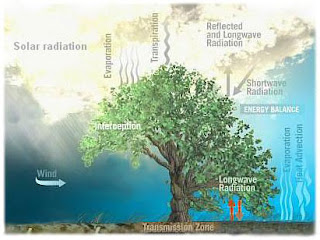The team found that the average motifs of bent waves--diffraction patterns--the same Crystal using a different sample of alignments in orchestration, and using an algorithm developed by researchers at the London Centre for nanotechnology, can compensate for the distortion and improving the spatial resolution of the two sizes.
"The problem of distortion of the wave is proportional to the prescription glasses for the diamond anvil cell to correct the vision of the coherent x-ray imaging system," noted Ian Robinson, head of the London Group.
Researchers in a single crystal of 400-nanometer (. 000015 inch) of gold by about 8,000 times the pressure at sea level, to 64,000 times that pressure, which is about the pressure in the Earth's upper mantle, the layer between the outer core and crust.
The Group conducted the imaging experiment the Advanced Photon Source, Argonne National Laboratory. Will compress the gold nanocrystal and found, as expected, that the ends of the Crystal becomes sharp and strained. But to their surprise, the executives who disappeared from further compression. The crystal grows a rounder figure in higher pressure, implying an unusual plastic-like flow.
"Nanogold particles are very useful materials," Yang noted. "It is about 60% stiffer in comparison with other micron particle size and could prove to be fundamentally improved to build improved electrodes, nanoscale molecular coatings, and other advanced engineering materials. The new technique will be critical to progress in these areas. "
"Now that it has solved the problem of distortion, the entire construction sector nanocrystal under pressure can be approached," said Robinson. "The scientific mystery of why Nanocrystals under pressure is somehow up to 60% stronger than bulk material can be soon collapsed.










